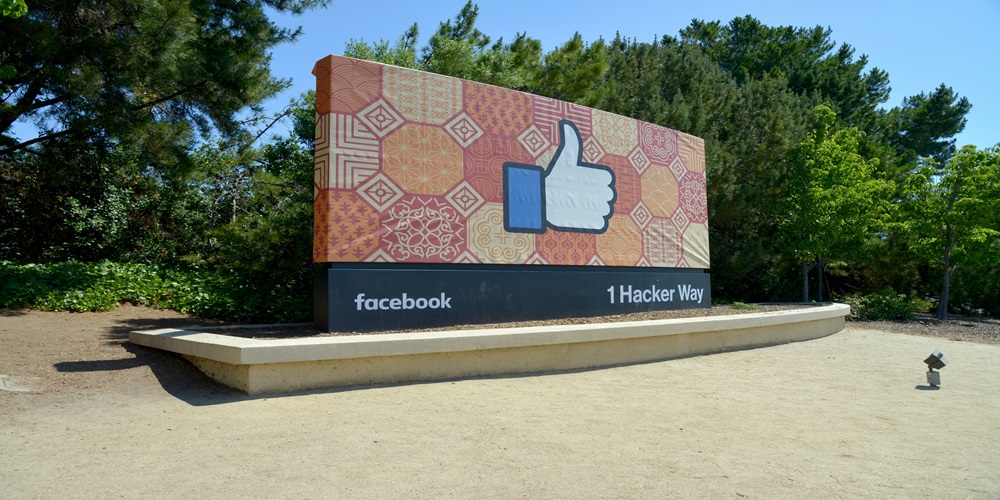From Orchards to Innovation: Tracing the Roots of Silicon Valley

Silicon Valley stands as a beacon of technological advancement and entrepreneurial spirit. But before it became synonymous with startups and tech giants, this vibrant region was once characterized by sprawling orchards and fertile farmland. Join us on a captivating journey through time as we explore how the seeds planted in these golden fields evolved into one of the most significant innovation hubs in modern history. Discover the rich tapestry of culture, creativity, and collaboration that transformed this pastoral paradise into a global powerhouse—where fruit trees once thrived, now ideas bloom. Whether you’re an aspiring entrepreneur or just curious about how past influences shape our present, let’s dig deep into this fascinating story where agriculture meets technology!
Introduction: Setting the Scene for Silicon Valley
Silicon Valley has become synonymous with innovation and technological advancements. But what many don’t realize is that this bustling hub wasn’t always a center for microchips and software giants. Just a few generations ago, it was a sprawling landscape of orchards, where fruit trees flourished under the Californian sun. This transformation from fertile farmland to a global tech powerhouse is nothing short of remarkable.
As we explore the history of Silicon Valley—from its humble beginnings rooted in agriculture to becoming home to some of the world’s most influential companies—we’ll uncover how this region evolved into an incubator for technology and creativity. What drove this shift? Who were the key players? And what does it all mean for our future? Join us on this journey through time as we trace the roots of Silicon Valley from orchards to microchips.
A Brief History of Silicon Valley: How Did it All Begin?
Silicon Valley’s origins trace back to the early 20th century. At that time, the area was primarily agricultural, with sprawling orchards and farms dominating the landscape. The transition began post-World War II when returning veterans sought new opportunities.
In the late 1950s, a pioneering spirit emerged as local entrepreneurs recognized potential in electronics and technology. Companies like Hewlett-Packard laid foundations for what would become a tech revolution.
The term “Silicon Valley” itself became popular in the 1970s due to its association with silicon chip manufacturing. This pivotal moment marked a shift from agriculture to innovation.
With universities like Stanford fostering research and collaboration, talented individuals flocked to this region. Their vision helped cultivate an environment ripe for experimentation and growth, setting the stage for groundbreaking advancements that followed shortly after.
The Role of Stanford University in the Rise of Silicon Valley
Stanford University has been a cornerstone in the evolution of Silicon Valley. Established in 1885, it transformed from a modest educational institution into a powerhouse of innovation.
The university’s location was strategic. Nestled amidst vast orchards, its proximity to burgeoning tech industries fostered collaboration. Stanford encouraged entrepreneurship through initiatives like the Stanford Research Park, allowing startups to thrive next to academic research.
Additionally, influential figures emerged from its halls. Alumni such as Bill Gates and Elon Musk shaped technology’s landscape with their groundbreaking ideas. The culture promoted here celebrates risk-taking and creativity—essential elements for any startup.
Stanford’s faculty often engaged with industry leaders, bridging gaps between theory and practice. This synergy accelerated advancements that would later define the tech world.
With resources dedicated to research and development, it’s no wonder that many companies trace their roots back to this prestigious institution.
Key Innovations and Breakthroughs in Silicon Valley
Silicon Valley has been at the forefront of groundbreaking innovations that have shaped technology and society. From the invention of the microprocessor in 1971, which revolutionized computing power, to the creation of Apple’s Macintosh, these milestones set new standards for personal computing.
The internet boom in the late 1990s transformed how we communicate and access information. Companies like Google and Amazon emerged during this period, forever changing our online experience.
In recent years, advancements in artificial intelligence have taken center stage. With leaders like Tesla pushing boundaries in autonomous vehicles, Silicon Valley continues to redefine what is possible.
Blockchain technology also found its roots here, enabling cryptocurrencies and decentralized applications that challenge traditional finance systems. Each breakthrough pushes industries forward while inspiring a culture rich with creativity and ambition.
From Microchips to Tech Giants: An Evolution of the Industry
The journey from microchips to tech giants is a fascinating tale of innovation and ambition. It all started in the 1950s with small-scale electronic components that revolutionized industries. These microchips became the backbone of computing, paving the way for more complex systems.
As technology advanced, startups emerged like mushrooms after rain. Companies such as Intel and Apple transformed ideas into marketable products. Their success stories inspired countless others to join the race.
Silicon Valley soon evolved into a hub for venture capitalists eager to invest in groundbreaking concepts. The atmosphere buzzed with creativity and competition, fostering an environment where dreams turned into reality.
Today, we see tech giants dominating globally—a testament to this evolution. The landscape continues to shift as new players enter while established companies adapt to changing times. This dynamic industry remains at the forefront of shaping our digital world.
Culture and Lifestyle in Silicon Valley
Silicon Valley isn’t just a hub for technology; it’s also a melting pot of diverse cultures and lifestyles. Here, innovation meets creativity in the most unusual ways.
The tech scene fosters an environment that values collaboration. Open offices and co-working spaces encourage networking and idea-sharing among entrepreneurs from all walks of life.
Work-life balance is often emphasized, with many companies offering flexible hours or remote work options. This lifestyle attracts individuals who prioritize not only their careers but personal growth as well.
Nature plays a significant role too. Surrounded by stunning landscapes, residents enjoy hiking trails, parks, and outdoor recreational activities that provide an escape from the fast-paced tech world.
Culinary diversity thrives here as well. Food lovers can explore global cuisines at local eateries, reflecting the area’s multicultural fabric while fostering community connections through shared meals.
Challenges and Criticisms Faced by Silicon Valley
Silicon Valley, often seen as a beacon of innovation, faces significant challenges and criticisms. The rapid pace of technological advancement has led to concerns over data privacy. Users find themselves navigating a landscape where their personal information is constantly at risk.
The tech industry’s diversity is another pressing issue. Despite its progressive image, Silicon Valley struggles with representation in terms of race and gender. Many companies still lack inclusive practices that foster equal opportunities for all.
Housing affordability poses an additional hurdle for residents. As startups flourish, the demand for housing skyrockets, pushing prices beyond reach for many locals.
Moreover, the environmental impact cannot be overlooked. With increased traffic and energy consumption from tech campuses, sustainability remains a hot topic among critics who advocate for greener initiatives within the industry.
Future Projections: Where is Silicon Valley Headed?
As technology continues to evolve, Silicon Valley stands at a crossroads. The emergence of artificial intelligence and machine learning is reshaping industries and daily life. Startups centered around these technologies are sprouting up, pushing boundaries once thought impossible.
Sustainability is also gaining traction. Entrepreneurs are increasingly focused on green tech solutions, aiming to marry innovation with environmental responsibility. Solar energy and electric vehicles are just the beginning.
Remote work trends could redefine how companies operate in this region. The traditional office space may become less relevant as talent pools expand globally.
With competition intensifying, diversity within tech firms is becoming essential for fostering creativity. A mix of backgrounds can lead to richer ideas and breakthroughs that resonate universally.
Silicon Valley’s trajectory remains unpredictable yet exciting as it embraces change while holding onto its pioneering spirit.
Conclusion
In conclusion, the transformation of Silicon Valley from orchards to a hub of technological innovation is a fascinating journey that has changed the world as we know it. The pioneers who settled in this fertile land could have never imagined the impact their seeds would have on shaping our modern society. Today, Silicon Valley continues to be at the forefront of groundbreaking ideas and advancements, proving that with determination and hard work, anything is possible. Let us continue to marvel at this ever-evolving landscape and embrace its spirit of endless possibilities.

Source: From Orchards to Innovation: Tracing the Roots of Silicon Valley




